1. Cowrie Shells in Africa and Asia
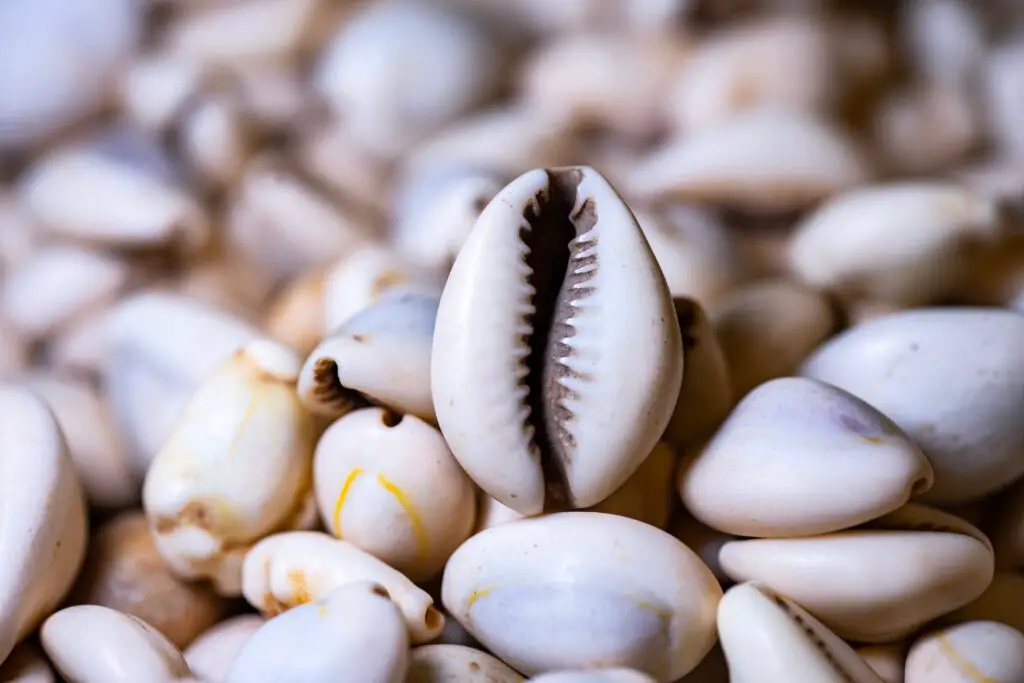
Cowrie shells have long been used as currency, particularly in parts of Africa and Asia. These small, shiny shells were prized for their beauty and rarity, making them a perfect medium of exchange. The shells’ value often depended on their size and condition, with some larger shells being seen as more valuable than others. They were used for everything from buying food to paying dowries, and even as a means of trading slaves says WHRO.
In Africa, especially in regions like West Africa, cowrie shells were a dominant form of currency for centuries. They were also used in Asia, where they were often seen as symbols of wealth and prosperity. In fact, some cultures even used them as decorative items in jewelry or clothing, further emphasizing their status as a symbol of economic value shares the Conversation.
2. Salt in Ancient Civilizations
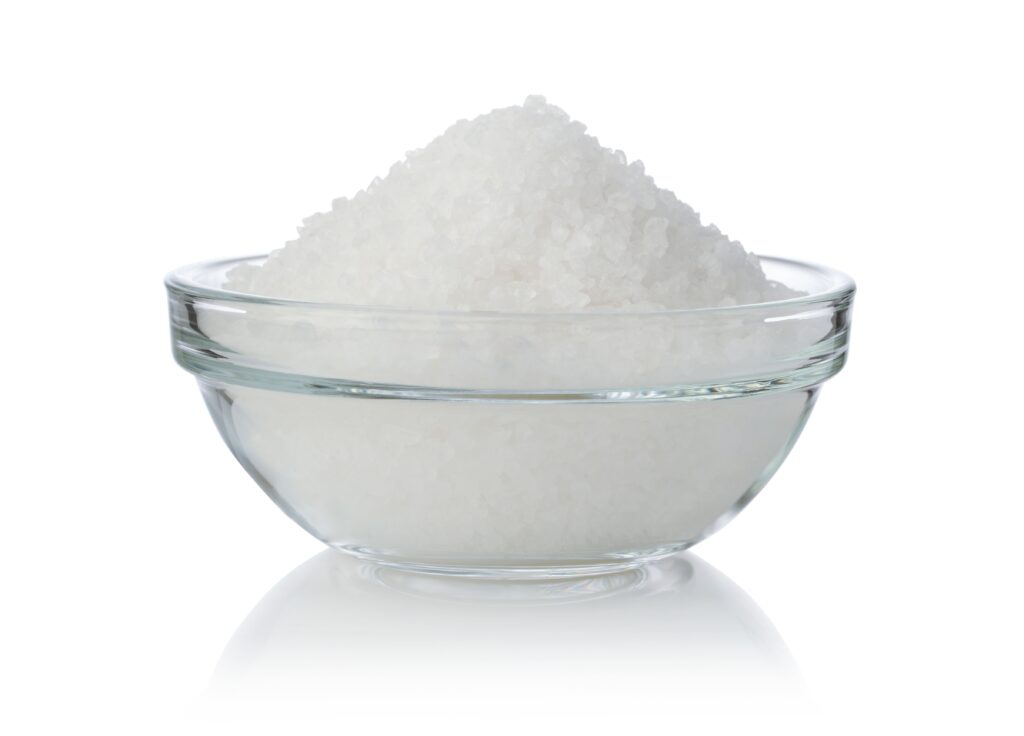
Before the advent of modern currencies, salt was a valuable commodity, often used as a form of currency. In ancient civilizations like Rome and Egypt, salt was essential for food preservation and seasoning, making it an indispensable resource. The word “salary” even comes from the Latin word for salt, “salarium,” highlighting its importance in trade shares Wikipedia.
In Africa, salt was especially prized and used as a means of exchanging goods and services. Entire trade routes were established to transport salt across vast distances, with merchants often trading salt for gold, livestock, or other valuable items. Its ability to preserve food and its scarcity in certain regions made it incredibly valuable adds Reddit.
3. Tobacco in Colonial America
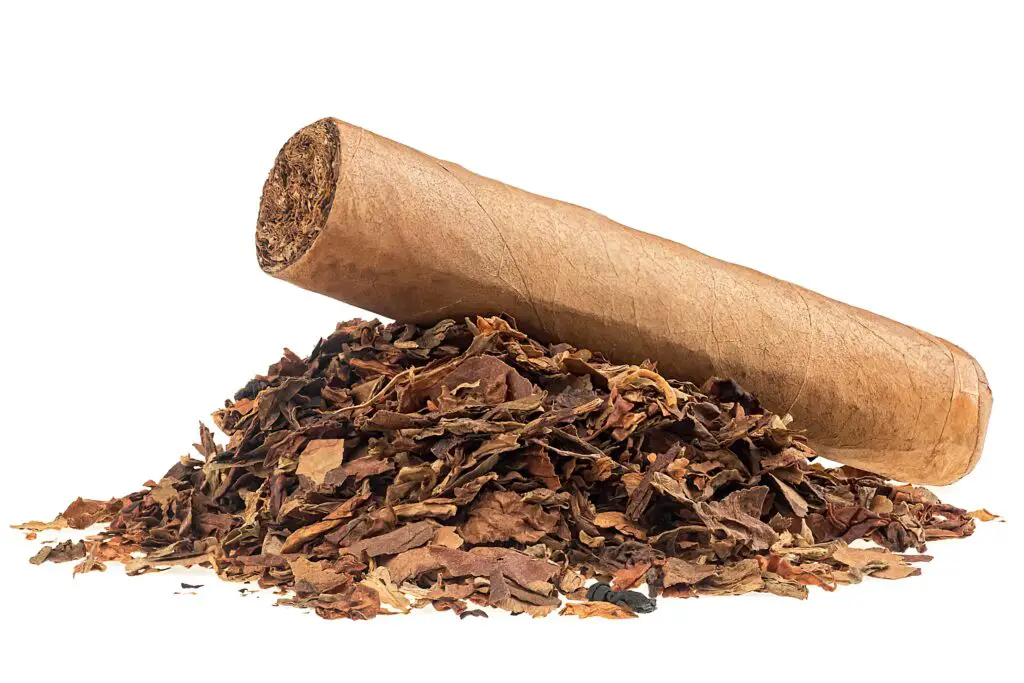
Tobacco played a significant role in early American economies, particularly in the colonial period. In the 17th and 18th centuries, tobacco was used as currency in many regions of the American colonies, particularly in Virginia and Maryland. It was traded in both raw leaf form and as processed products.
Tobacco’s value came from its widespread demand in Europe, where it was used for smoking and medicinal purposes. Colonists would exchange tobacco for everything from tools and clothing to land and livestock. The crop’s importance in the colonial economy led to its designation as “tender” or acceptable payment in legal transactions.
4. Tea in Imperial China

Tea has held an extraordinary place in Chinese culture for centuries, not just as a beverage but also as a form of currency. During the Tang dynasty, tea was so highly valued that it was sometimes used to pay taxes or tribute to the emperor. The trade of tea leaves was also an essential part of China’s economy.
As China expanded its reach, tea became an important trading commodity. It was traded with other parts of Asia and even Europe, where the demand was high. The way tea was grown, harvested, and processed made it a highly controlled commodity, with specific regions becoming known for their high-quality leaves, which further increased its value.
5. Beads in the Pacific Islands
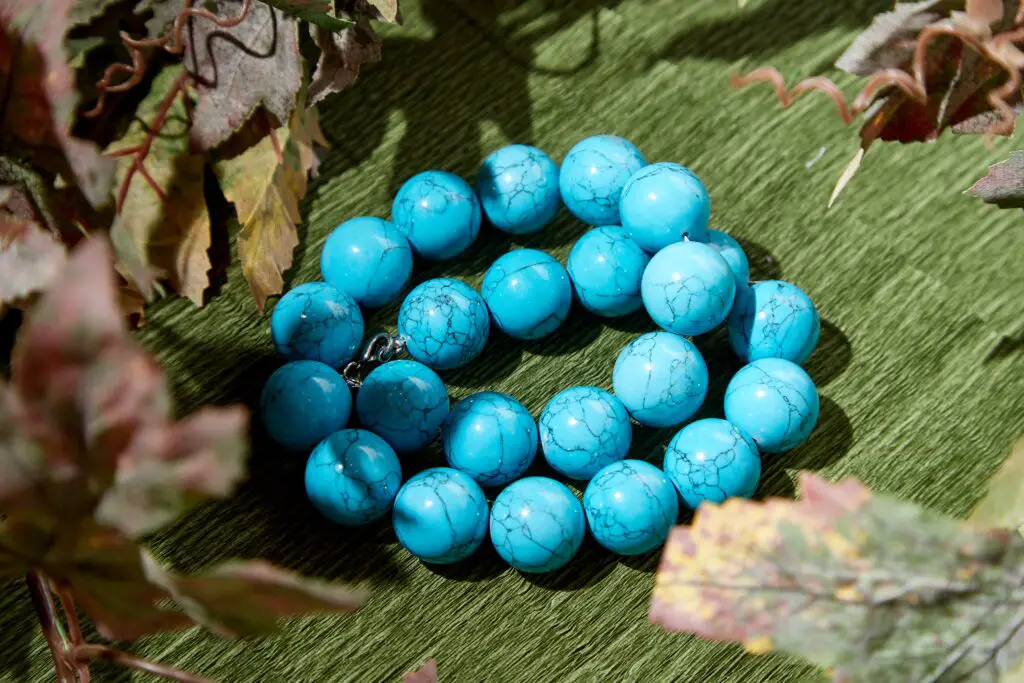
Beads, particularly those made from shells, glass, or coral, have been used as currency in various cultures, including the Pacific Islands. In places like Fiji and Hawaii, beads were used as a way to trade for goods and services. The beads’ value was often determined by their material, rarity, and the craftsmanship involved in their creation.
In Hawaii, large beads called “ula” were used in trade, and they were often worn as a symbol of wealth and social status. Similarly, in other parts of the Pacific, intricate beadwork was used for ceremonial purposes, but also in everyday transactions, showing how deeply ingrained beads were in local economies and cultures.
6. Shells in North America
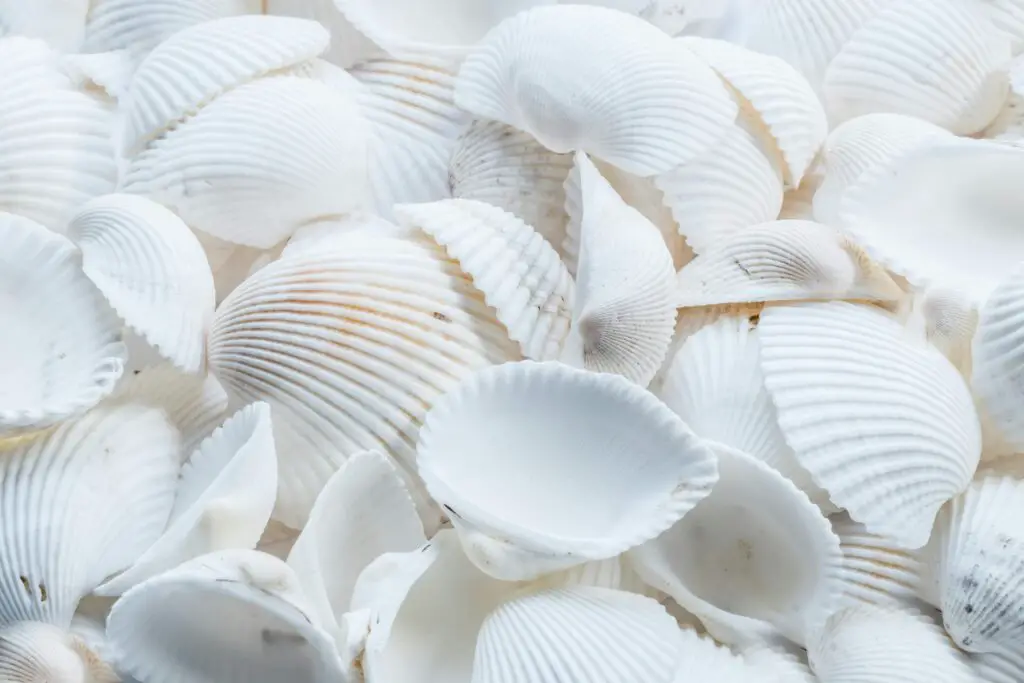
Shells, specifically the wampum beads made from the shells of quahog clams, were used as currency by Native American tribes in the northeastern United States. These shells had spiritual significance and were often used to tell stories or mark important events, but they were also used in trade. Wampum was often traded for goods such as furs, food, or tools.
The Dutch settlers in New York (then New Amsterdam) quickly recognized the value of wampum and began trading it in exchange for land and other goods. The shells were strung together and formed belts or strings, with each type of bead having a specific value depending on its size, shape, and color.
7. Cacao Beans in Mesoamerica
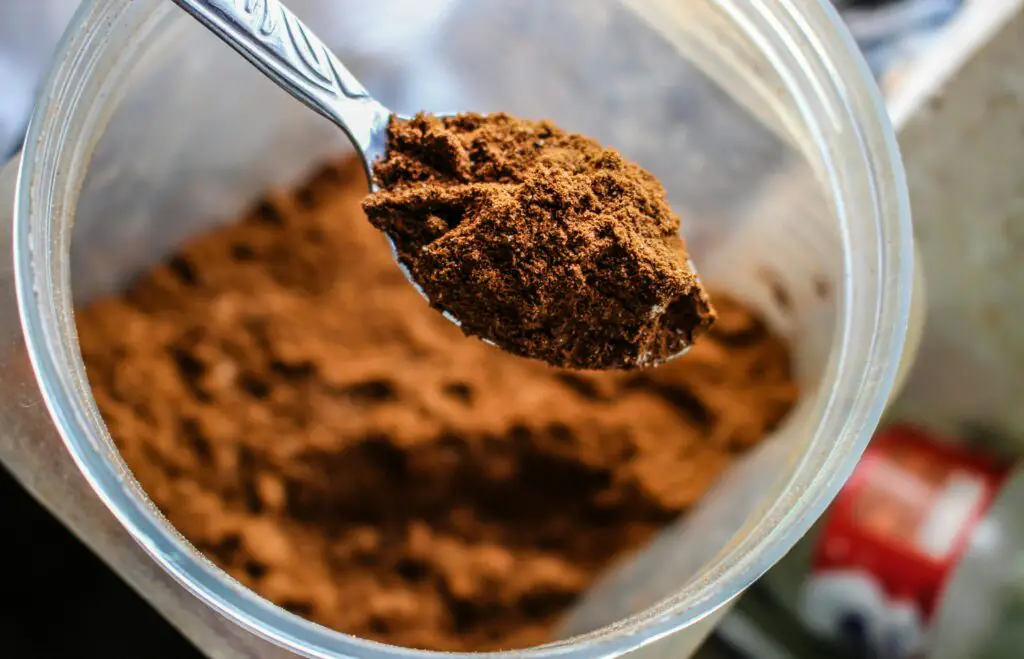
In ancient Mesoamerican civilizations like the Aztecs and Mayans, cacao beans were used as a form of currency. The beans were not just consumed as food or used for beverages like chocolate—they also held significant economic value. A single cacao bean could buy a small meal or other everyday essentials, while larger quantities could secure livestock or even slaves.
The importance of cacao in these cultures extended beyond mere commerce. Cacao was also seen as a gift from the gods and used in religious ceremonies. It was so integral to daily life that it became an accepted currency for trade across much of Central America, serving as a symbol of both wealth and cultural significance.
8. Grain in Ancient Egypt
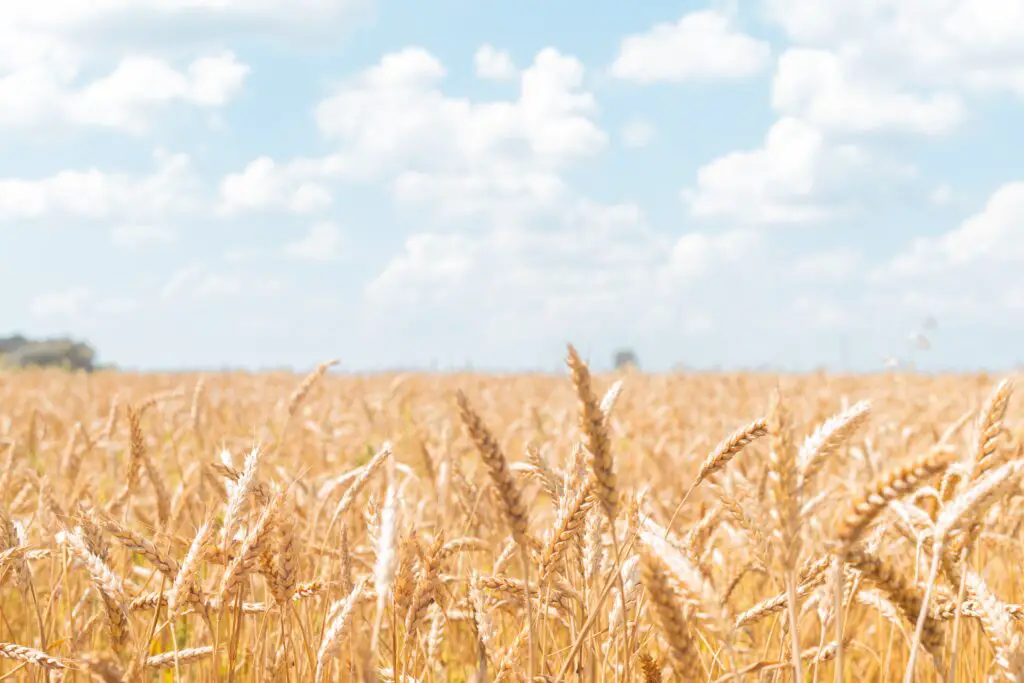
Grain, particularly barley and wheat, was used as a form of currency in Ancient Egypt. These staple crops were the backbone of the Egyptian economy, and their value was closely tied to the agricultural cycles of the Nile River. During periods of abundance, grain could be exchanged for other goods, while during times of famine, grain was seen as a vital survival tool.
Egyptians would often store grain in large silos, and it was measured and traded in standardized units. Grain-based currency was also used for the payment of taxes, where citizens were required to pay in grain rather than money, highlighting its critical role in Egyptian society and the economy.
9. Livestock in Ancient Mesopotamia
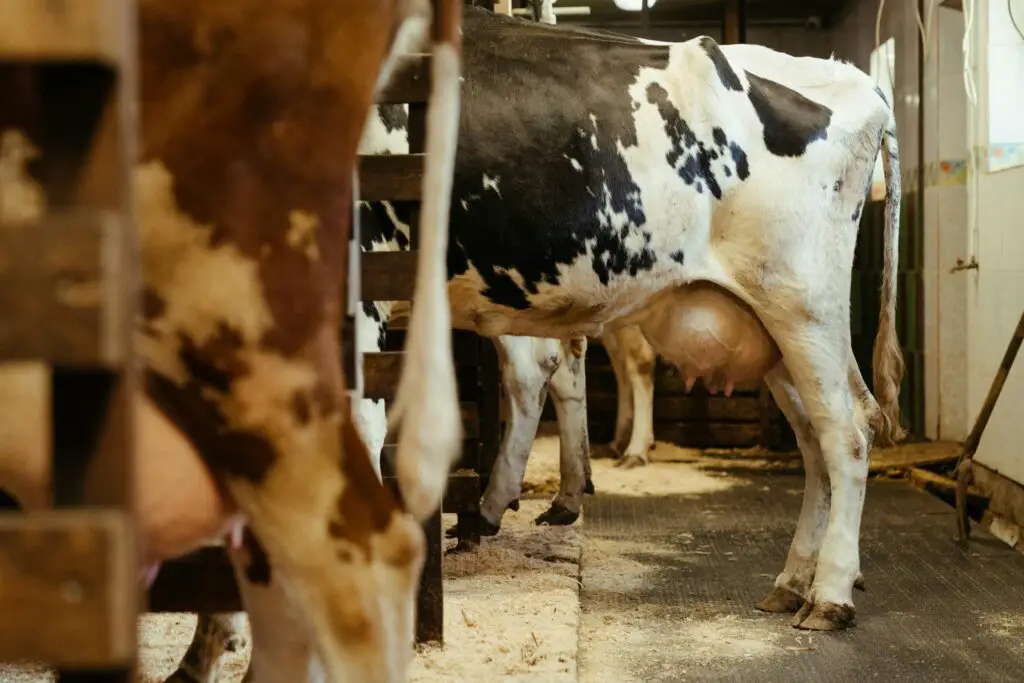
In Ancient Mesopotamia, livestock played a crucial role in the economy, often serving as a form of currency. Cattle, sheep, and goats were commonly exchanged for goods and services. The value of livestock was determined by factors such as age, health, and breed. These animals were especially important in agrarian societies, where they were essential for plowing fields, providing milk, and serving as food sources.
In addition to their practical use, livestock also had ceremonial and social significance. Kings and rulers often gave cattle as gifts or rewards, and wealthy individuals might boast large herds as a sign of status and power. Livestock was so integral to trade that entire markets were dedicated to buying and selling these animals.
10. Spices in Southeast Asia
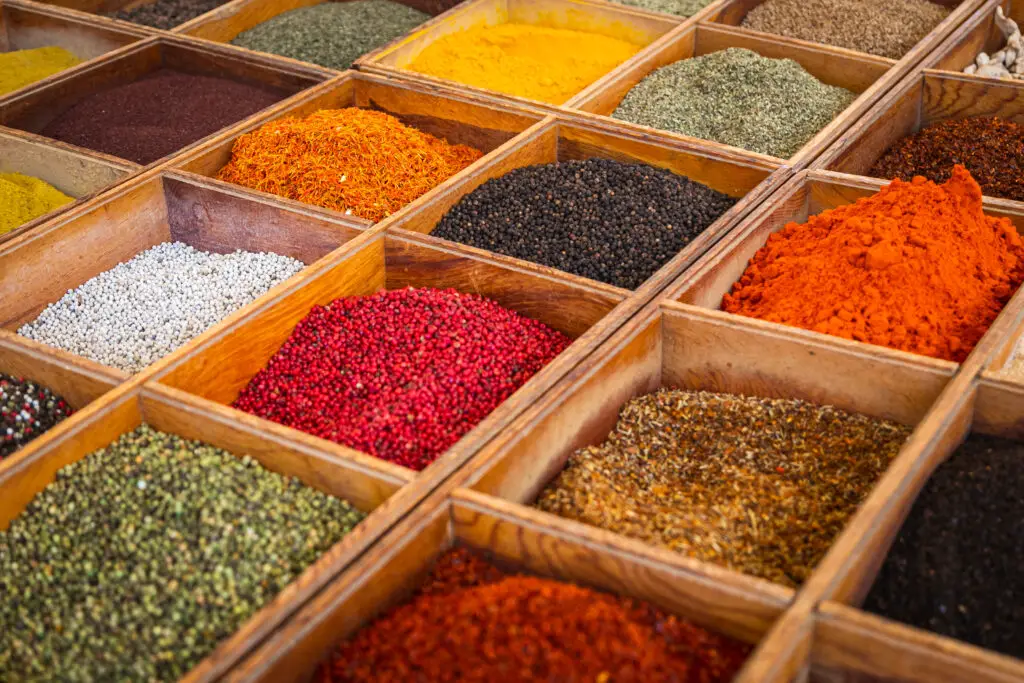
Spices have been highly prized throughout history, especially in Southeast Asia, where they were once used as currency. In places like the Philippines, cinnamon, cloves, and nutmeg were traded for goods such as cloth, jewelry, and metal tools. These spices were highly valued for their unique flavors and medicinal properties, which made them indispensable for both local consumption and international trade.
The demand for spices was so great that traders from Europe, Arabia, and China established thriving spice routes to source them. These trade networks were so vital that they formed the backbone of several empires, with the spice trade often serving as one of the most profitable industries. As a result, spices played a pivotal role in shaping the economies and cultures of Southeast Asia.
11. Gold Leaf in India
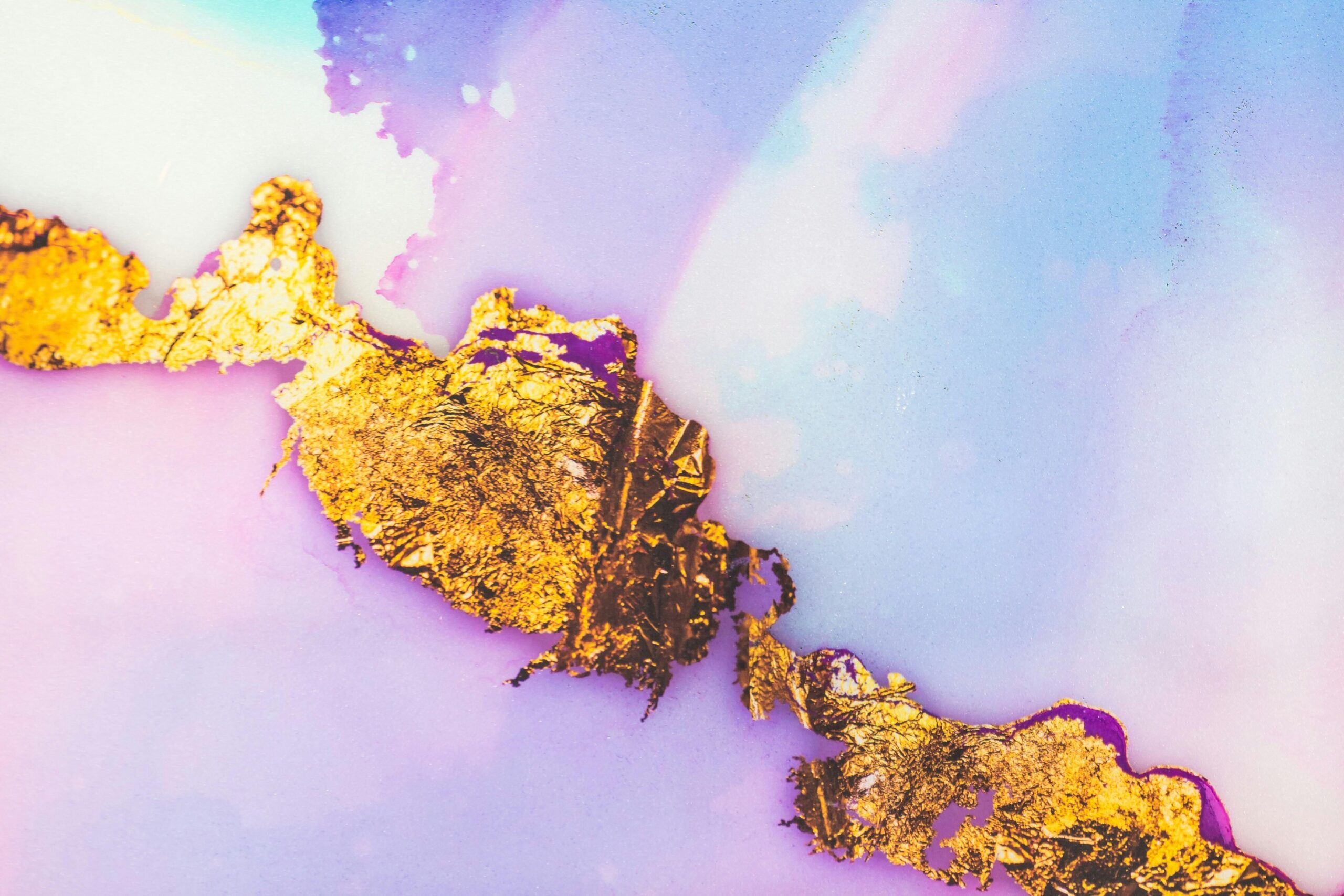
In India, gold leaf has long been used not only as a decoration but also as currency. The delicate gold leaf was often used in religious offerings, especially during festivals, and its value made it an ideal medium for trading. It was often exchanged for textiles, spices, and other precious goods, with the weight and purity of the gold leaf determining its value.
Gold leaf was also symbolic in Indian culture, representing wealth and spiritual abundance. The process of making gold leaf involved labor-intensive techniques, making it a rare commodity that was valued by both commoners and royalty alike. The widespread use of gold leaf as currency reflected the importance of gold in Indian society as both an economic asset and a cultural symbol.
12. Fish in the Pacific Northwest
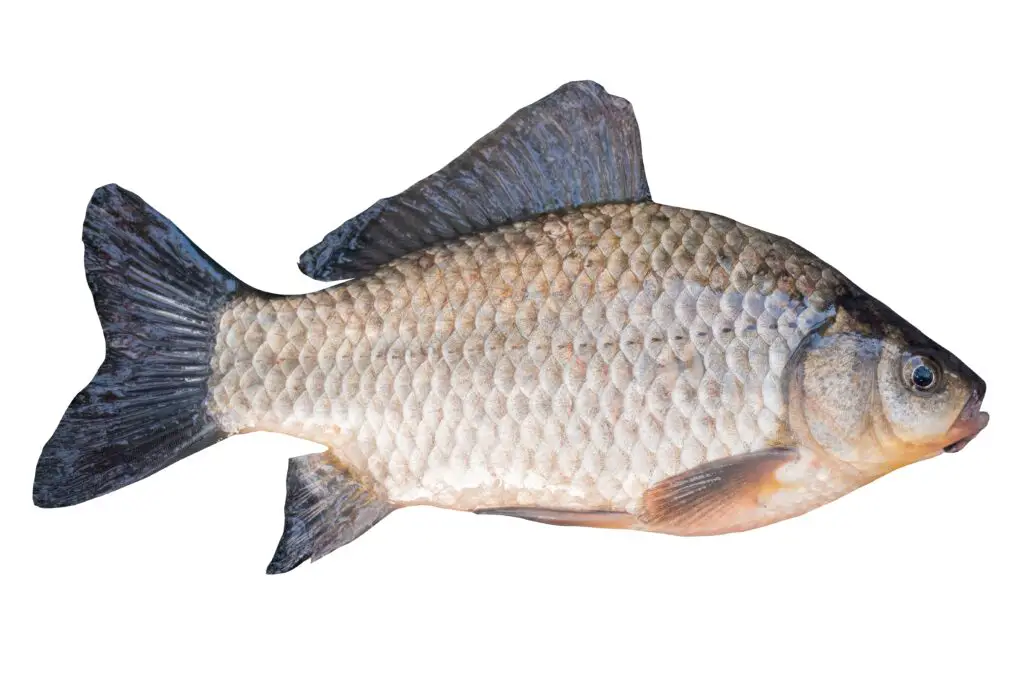
In the Pacific Northwest, certain indigenous cultures, such as the Coast Salish and Haida, used fish, particularly salmon, as a form of currency. Salmon were not only a key food source but also a central part of the region’s trade systems. The abundance of fish in these coastal areas allowed for large-scale trading, with fish being exchanged for items like furs, baskets, and blankets.
The fish were often preserved through smoking or drying, allowing them to be stored and transported across long distances. As a vital part of the local economy, fish played a crucial role in maintaining social ties between different tribes and communities. Their exchange was deeply linked to the cultural practices of respect for nature and reciprocity.
13. Pineapples in Hawaii
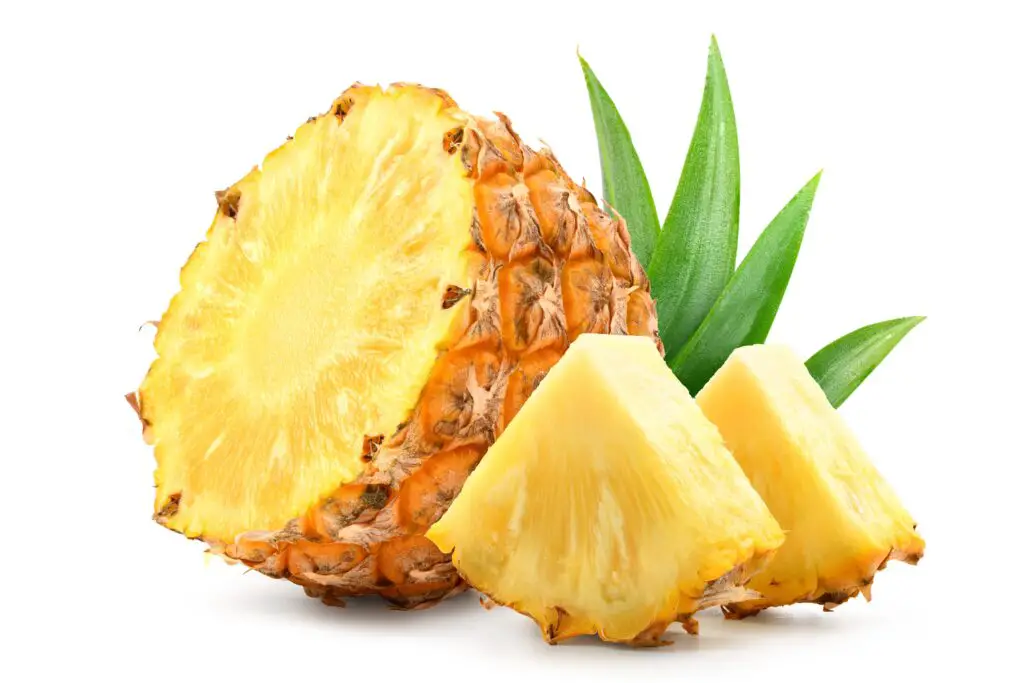
In early Hawaiian history, pineapples were sometimes used as a form of currency. They were not only a symbol of hospitality but also a highly prized commodity in Hawaiian trade. With their rarity on the islands before commercial farming began, pineapples were exchanged for services, goods, or even as part of a dowry.
The practice of using pineapples in trade persisted well into the early 20th century, especially as the pineapple industry began to flourish. These tropical fruits became synonymous with the islands themselves, and their use in trade highlighted the resourcefulness of Hawaiian society. Pineapples served as both a delicious treat and a form of wealth for those fortunate enough to possess them.
